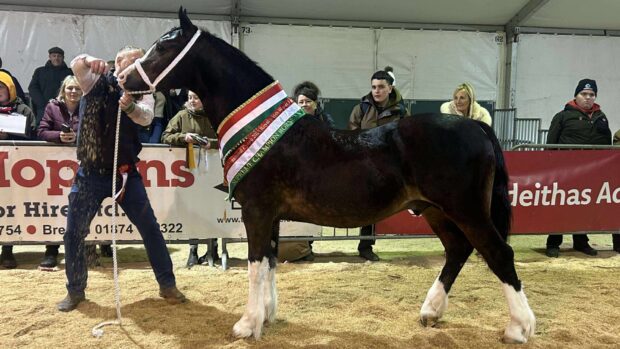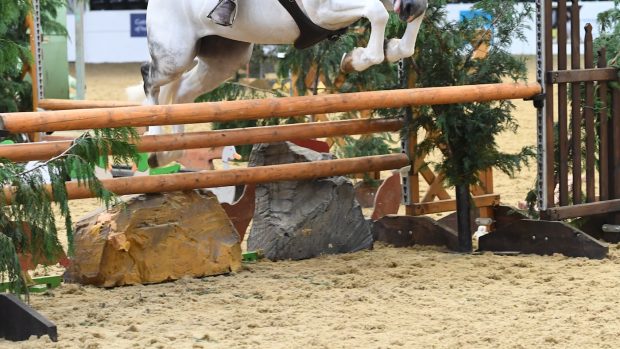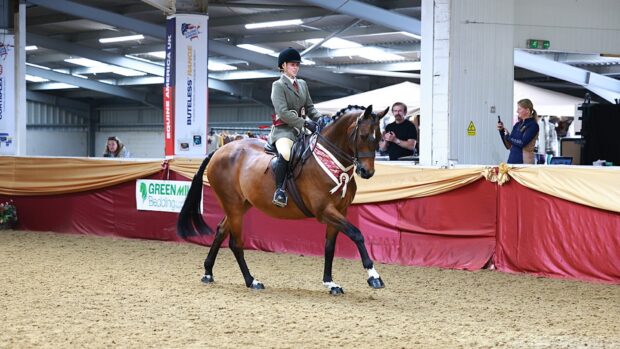9 May 2002
Expert advice on getting started in working hunter pony classes
Q: I own a Connemara pony which has been quite successful in ridden classes with its previous owner. I would like to start competing in working hunter pony classes as she has a fabulous jump, but I am not sure what the judge is looking for? Any advice would be gratefully received.
Patricia Hardcastle replies: Most Connemaras are forward going with natural jumping ability and enthusiasm for the job, which can make them very successful in working hunter pony classes.
Your pony’s type, height and jumping ability, plus your rider’s age will influence at what level your pony can compete and whether in M&M WHP or Open WHP classes.
At affiliated level, the fences in Open WHP classes are usually bigger than in M&M WHP classes, depending on what society’s rules you are competing under and what height your pony is. Open WHP classes are only open to junior riders, while M&M classes are open to riders of any age.
BSPS, NPS and Ponies (UK) all run WHP classes for native ponies, but the rules vary so you will need to study the rulebook carefully before competing.
The Working Hunter Pony class
Working Hunter Pony classes normally follow a basic format and are marked on a points system which includes points for:
- Jumping phase
- Style over fences
- Conformation and type
- Manners and way of going
The class usually begins with each rider entering the ring individually and halting in front of the judge before jumping a course of rustic fences.
The judge is looking for a pony to stand quietly before jumping the fences calmly in good style, maintaining an even canter rhythm around the course. Rushing, napping and refusals will all be penalised, although rolling a single pole may be forgiven.
Some judges ask for a short gallop at the end of the course. If this is the case then extend along one long side of the arena after completing your jumping round, then halt and salute before leaving the ring.
The second part of the class is similar to a ridden showing class. All the ponies walk, trot and canter together before doing individual shows, which should include a gallop. In some cases the judge will strip the top six or 10 ponies, so you will need to practise running your pony up in hand.
What judges are looking for
The judge is looking for a fit, healthy animal who would give an enjoyable – and safe – ride in the hunting field. This means your pony must stop, go and jump anything it is asked to with the minimum of fuss.
When your pony is going forward in a controlled manner on the flat and over a variety of fences, including water, is relaxed when working in a group and will ride away from other horses without napping, you are ready to enter a class.
In this class judges don’t like:
- Overfat animals – they are supposed to be able to hunt
- Flamboyant rider outfits – keep it workmanlike
- Excessive gadgets – running martingales are permitted
- Nappy ponies that struggle with the jumping
- Ponies that gallop round the course out of control
Watching Working Hunter Pony classes at affiliated shows will give you a good idea of what is required and the correct turnout of pony and rider.
Read more about showing hunter ponies :



